A lot of people think of anime as a "genre", and this is remarkably obtuse.
Because being a "genre" would imply that all anime are cut from the same cloth, that they only have one market demographic, and that they only evoke one kind of emotion.
Rather, anime, like all animation, is an art form. Just as film is not a genre and theater is not a genre, anime is a broad phenomenon that can encompass many kinds of stories, and is infinitely variegated.
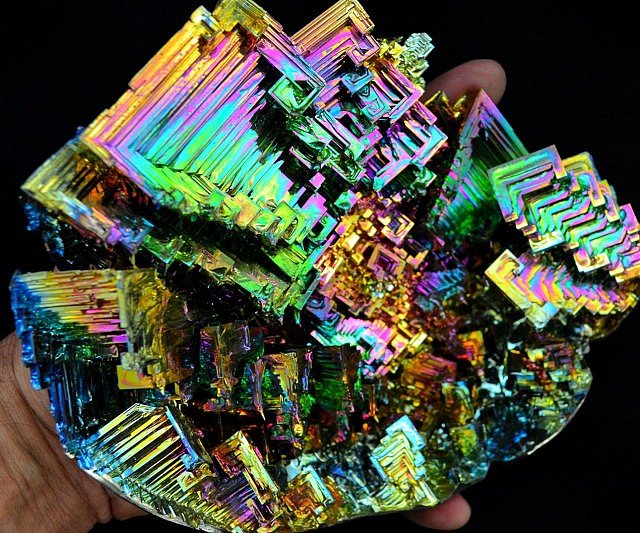
There are, however, a great many genres and subgenres within anime. And the one that Western consumers are likely familiar with is known as Shounen anime.
This is a kind of televised anime that is tooled for young boys, and it has a wealth of tropes and stereotypes. The central character is generally a young man who is fixated on the idea of becoming more powerful, usually in the arena of physical combat. And the series is essentially the chronicling of his search for greater and greater challenges to overcome.
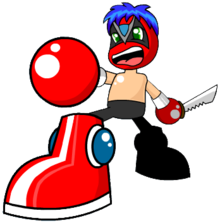
"I WILL BE THE GREATEST!!!!"
And it is all too easy to dismiss these, once again, as all being cut from the same cloth.
But even within Shounen anime, a wide variety of approaches exist, and it is easy enough to disprove the notion that any one of them can be interchanged with any other.
All you have to do is take a look at InuYasha.
Toying with the Formula
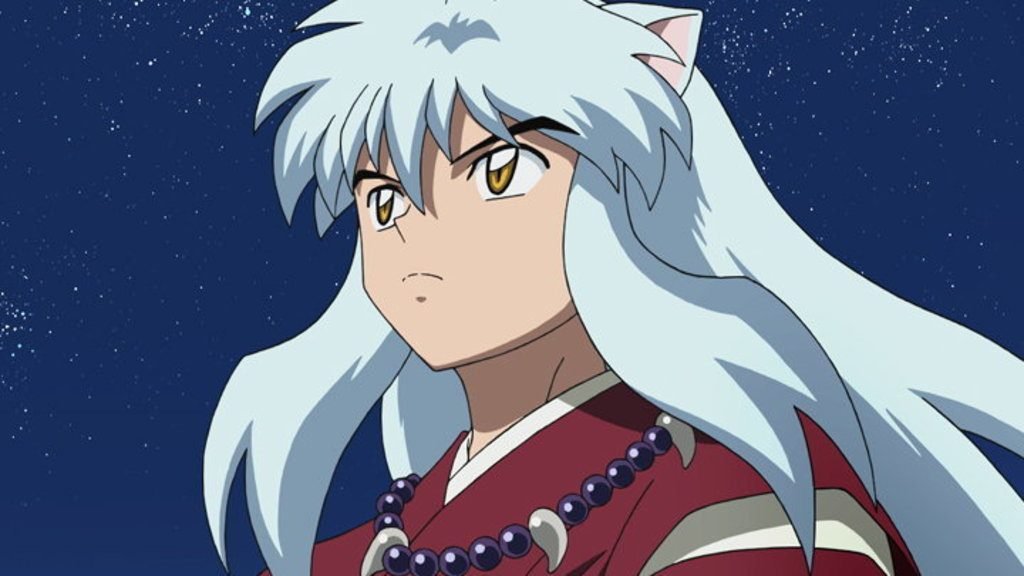
InuYasha does with Shounen anime something that no one expects it to do: it tools itself for a female audience.
To put it simply, InuYasha is an attempt to make a Shounen anime for girls, but while still being a true Shounen anime in every respect. The story is about a young man who is determined to become more powerful, and seeks out greater and greater challenges to serve that end. It violates none of the hallmarks of a traditional Shounen story. It merely changes the viewpoint character.
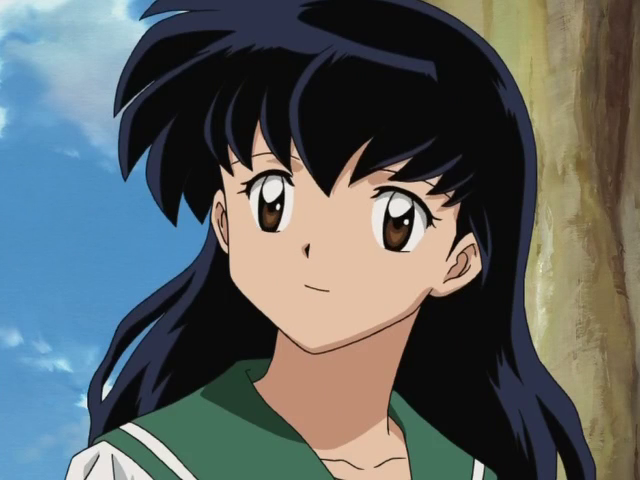
Because in InuYasha, the audience's viewpoint is not represented by the main character, but by his love interest and sidekick, Kagome.
The setup is similar to the "Deuteragonist Narrator" concept found in literature. Sherlock Holmes is undoubtedly the main character of his stories, but the stories themselves are narrated in first person by Dr. John Watson. The good doctor serves as the audience's POV into the story.
Kagome is much the same. She is an ordinary human teenager from the "real" world, who, through traditional fantasy trope magic, ends up in a magical otherworld where she meets the protagonist. Her story is secondary to his, yet the entire narrative is seen through the lens of her modern sensibilities.
Apart from that, InuYasha does not deviate from the established Shounen formula. It is the same kind of story, with the same kind of hero, and hits all the same beats, but the entire thing is colored with a girl's perspective.
And no other anime has replicated this. Oh, there have been a lot of female-led Shounen anime since, but most of these put the female viewpoint character as the protagonist, or otherwise put her in an ensemble cast where there is no single protagonist.
How this Affects the Story
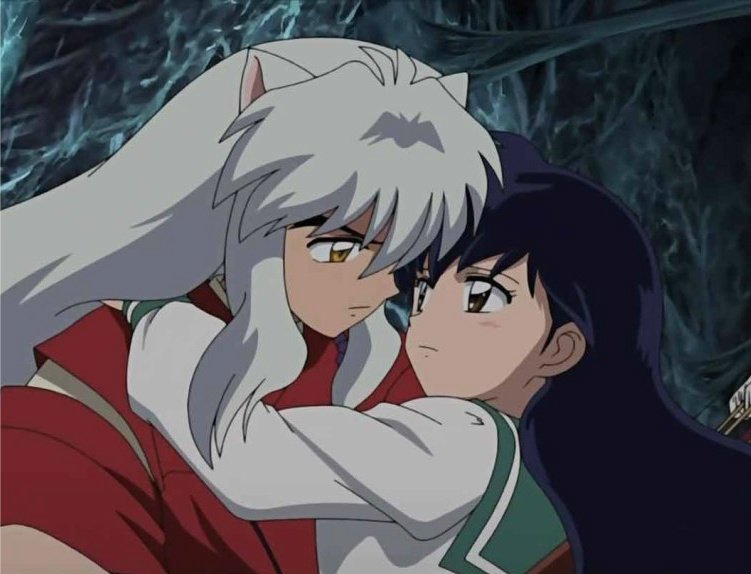
It is quite common for Shounen anime to have a romantic subplot. But because of the focus shift found in InuYasha, the love arc gets a lot more screen time, and rivals the main arc for importance within the story. The tension between the male and female leads is more than a mere appendage to the plot in this show. So much of the runtime is dedicated to it that we never even hear about the show's primary villain in the first fifteen episodes. That's more than half of the first season with just these two characters getting to know each other.
And, tragically, this also means that a lot of the show's episodes deal with love triangles, and you will note that I speak of them in the plural form.
This show has at least four, by my latest count:
- Kagome, InuYasha, Hojo
- InuYasha, Kagome, Kikyo
- Kagome, InuYasha, Koga
- Kikyo, InuYasha, Naraku
But when you get through that, you are left with a well made fantasy adventure.
The General Thrust of It
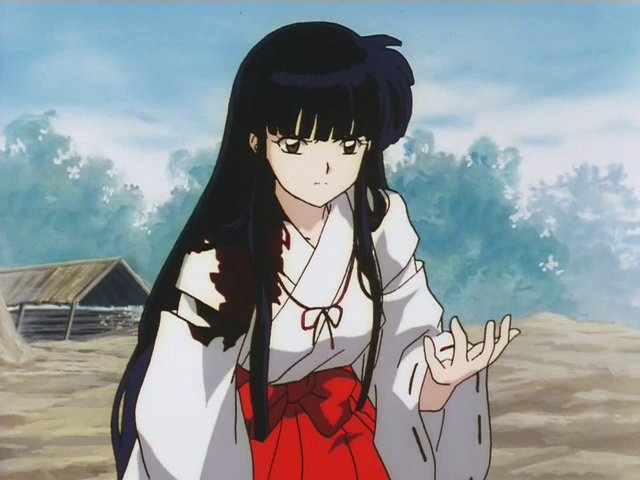
Once upon a time in ancient feudal Japan, the land was overrun with many yokai (a word which the localizers translate as "demon", though it actually refers to many kinds of Japanese fairytale creatures). And most of these yokai covet the legendary Shikon jewel, which can enhance any yokai's power far beyond their ordinary capabilities.
The protector of the jewel is a young priestess named Kikyo, who is in love with a half-yokai troublemaker named InuYasha. When InuYasha attempts to steal the Shikon jewel from her shrine, Kikyo pins him to a tree with a magic arrow, then mysteriously dies herself.
Her last request is that the Shikon jewel be burned with her body, thus preventing it from ever falling into the wrong hands.
Fast forward to the modern era, where Kikyo's soul has been reincarnated as a girl named Kagome, who, unbeknownst to her, now has the Shikon jewel embedded in her body, it having transmigrated alongside the soul of the fallen priestess.
By a shocking coincidence, Kagome lives near a well that has strange time travel powers, which can send people back to feudal Japan, to a date only fifty years after the death of Kikyo.
When a particularly nasty yokai uses the well to come to the future and abduct Kagome back to the past, Kagome encounters the slumbering InuYasha, still pinned to the tree by a magic arrow. Not as dead as the locals seem to believe, InuYasha awakens and asks Kagome to free him, as she is the only one who can break Kikyo's spell.
But once free, InuYasha makes clear that he still intends to have the Shikon jewel for himself, which is too bad for him, because Kagome accidentally breaks it into hundreds of pieces that get scattered all across the land.
And so InuYasha and Kagome must work together to reassemble the shattered Macguffin, all while fighting hosts of yokai who scramble to claim its pieces. As time goes by, the enemies get stronger and stronger, pushing the half-yokai InuYasha to his limits and awakening powers deep within him.
The Characters
InuYasha features a smaller ensemble than most Shounen anime, opting instead to focus on the main protagonist and love interest. But with a smaller cast comes more room for individual development, and the rosters are packed with more highly developed arcs and fewer forgettable faces.
InuYasha
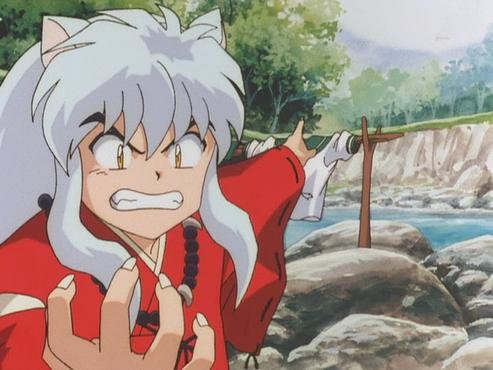
Probably the perfect male lead for a Shounen anime tooled towards girls. To any preteen girl watching, the message is clear: this hero is a boyfriend and a puppy. He fights off bad guys, but has soft and adorable ears. He gets jealous and defensive when you talk to other boys, but also wears a magical collar that forces him to sit still on your command. And when you occasionally go home to the modern era, he waits by the magic well, ears drooping, until your return.
Isn't that what every girl wants?
But beyond the surface level furry fantasy that InuYasha represents, he is also a young man overcome with many problems. As a half-yokai, he is spurned by both human and yokai communities. His half-brother is constantly trying to kill him. And his father has left him a mysterious yet powerful sword for reasons unexplained.
And he's no pushover. As the show's primary fighter, he ends up wreaking a lot of havoc, which fits his prickly "tough guy" facade.
Kagome
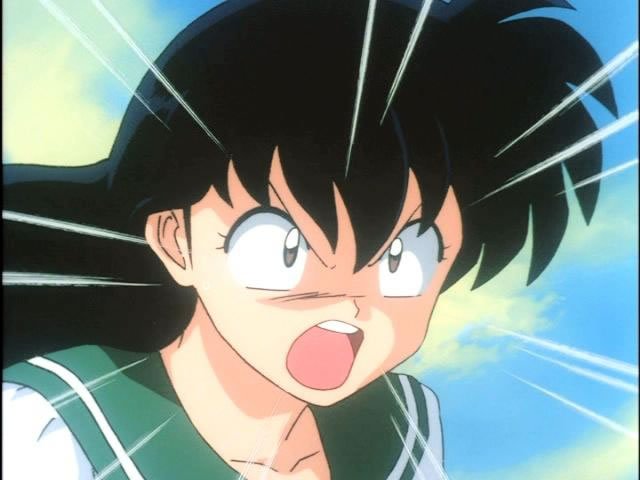
Honestly, a bit of a blank slate. As the viewpoint character, she is mostly allowed to be our window into the world of the show, and windows work better when they are colorless. She's a girl. She likes the boy. But she can't understand why he acts the way he does, and he sometimes makes her mad.
Apart form the romance, her main arc comes from trying to balance her life between the modern world and the feudal one, and she occasionally asks herself why she ever goes back, a point which the show never satisfactorily explains.
Miroku
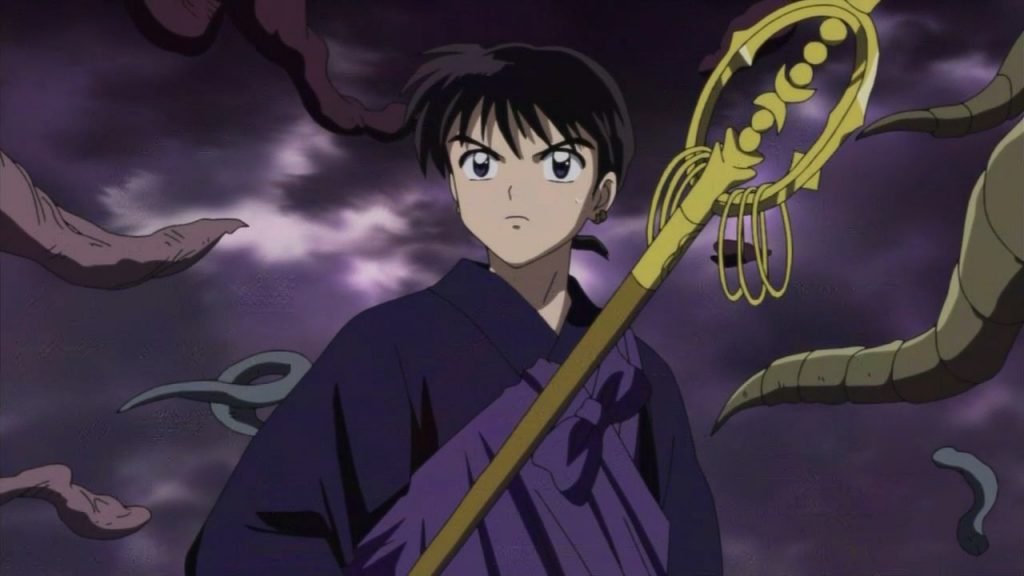
A Buddhist monk who bears a terrible curse. His right hand contains a singularity (like a black hole) that can suck up and presumably destroy any amount of matter. While this "wind tunnel" serves as an effective weapon, it slowly grows bigger over time, and eventually it will kill him, unless he can kill the yokai who gave this curse to himself and his family.
As a man living on borrowed time, he wants to ensure that someone will carry on his legacy should he die before he avenges himself. For this reason, he asks every woman he meets if she will bear him a child. This is mostly done for laughs, as Miroku dead-serious sincerity is often rebuffed or retaliated in humorous ways.
Sango
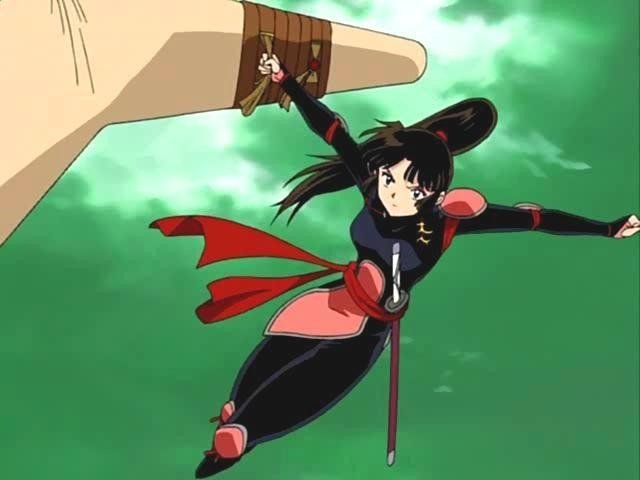
A yokai hunter who wields a giant boomerang. She is out to avenge her fallen family and will do anything, even become Miroku's potential love interest, in order to fulfill that mission.
Shippo
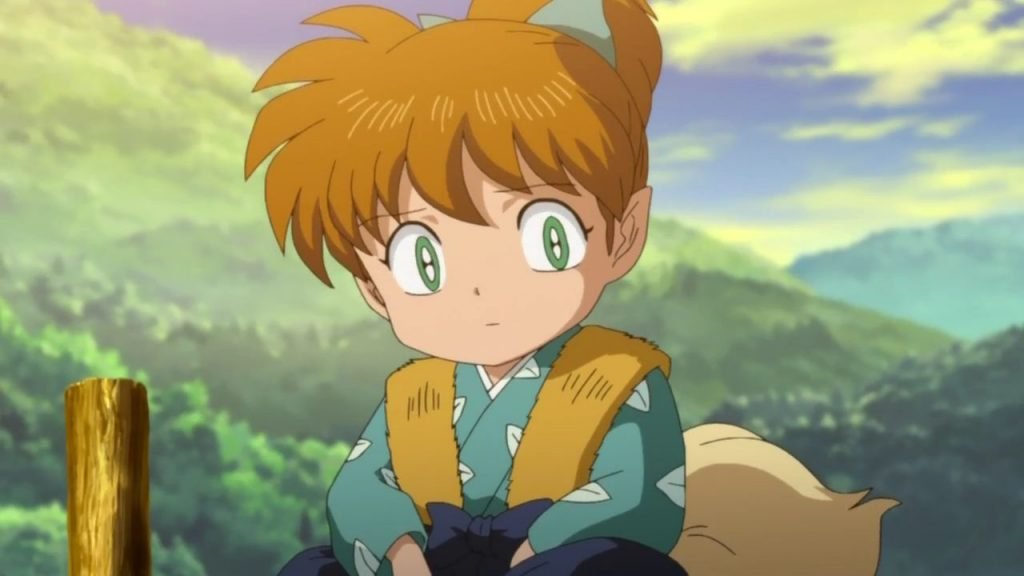
Comic relief. Shippo is a fox yokai whose powers are visually impressive but not that useful. He uses toys as weapons and is skilled at creating illusions. The gang mostly keeps him around out of pity, as he has no family and, as a yokai, cannot be entrusted to the care of innocent humans.
My Judgment
InuYasha is a particularly important anime. One which, unfortunately, gets bogged down in a lot of tedious love triangling.
A lot of the great things about Shounen anime are handled better by other shows. But InuYasha attempts things that those other shows don't even care to consider. It is a series with a lot of heartache, where the characters often find themselves bogged down by their inability to communicate. This can be unnecessarily frustrating at times, but also provides a few beautiful moments here and there.
I would recommend most people try other Shounen anime first. But if you're one of those people who has already seen what the genre has to offer, then InuYasha will show you something you haven't seen yet. It subverts the genre in a few interesting ways (though not nearly as much as, say, One-Punch Man).
The first two seasons are on Netflix. Give them a watch, when you're ready for something new.
Previous entries in the Netflixing series:
Past Years
TV Shows
Movies
